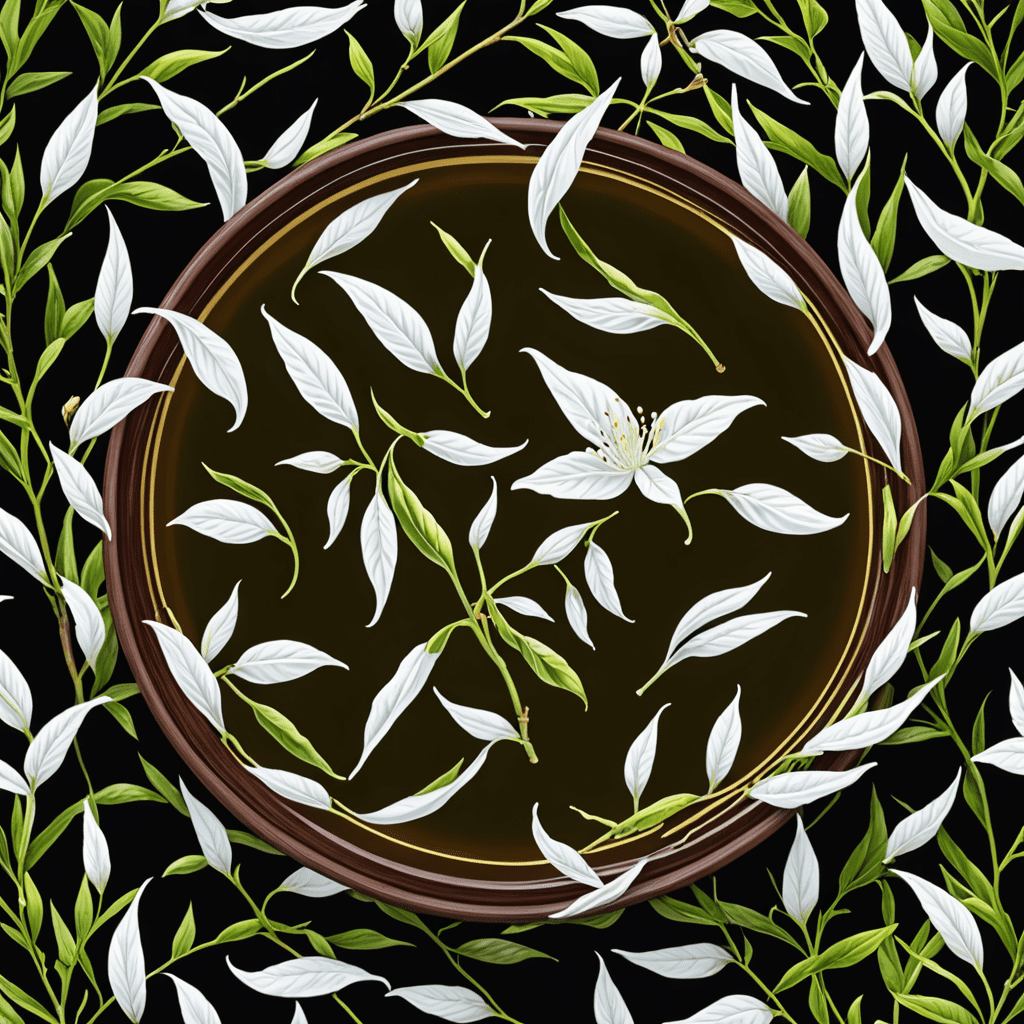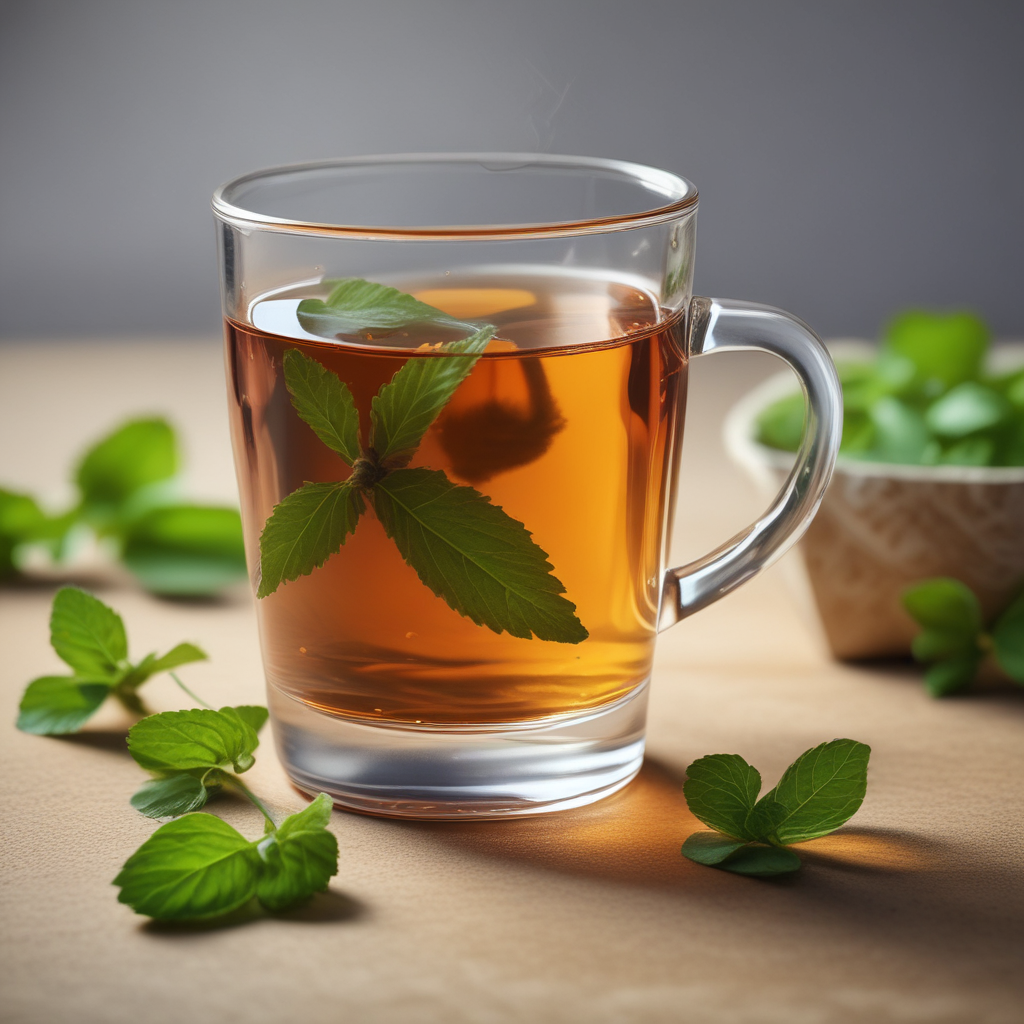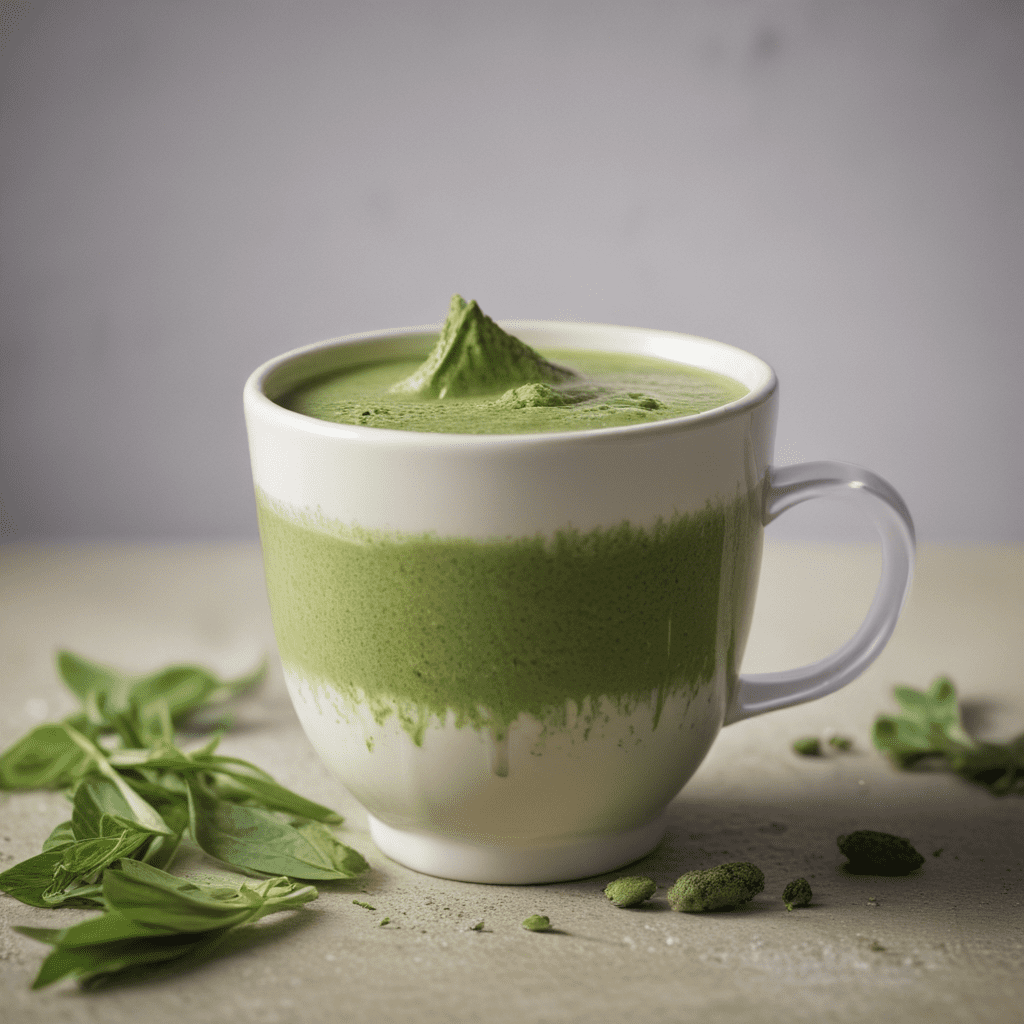White Tea: A Breath of Freshness
When it comes to teas, white tea is often overlooked in favor of its more popular counterparts such as green and black tea. However, white tea offers a delicate and refreshing flavor that sets it apart from other varieties. In this blog post, we’ll explore the world of white tea and discover its unique characteristics that make it a breath of freshness.
The Origin of White Tea
White tea originates from the Fujian province of China, where it has been cultivated for centuries. Made from young and minimally processed tea leaves, white tea undergoes minimal oxidation, resulting in a delicate flavor profile. The leaves are typically harvested in early spring, adding to the exclusivity of this tea.
Understanding White Tea Processing
Unlike other types of tea, white tea undergoes minimal processing. The leaves are simply harvested, withered, and dried. This minimal processing helps to preserve the natural antioxidants and nutrients present in the tea leaves, making white tea a popular choice among health-conscious individuals.
The Health Benefits of White Tea
White tea is celebrated for its numerous health benefits. Rich in antioxidants, white tea may help support overall health and well-being. It is believed to promote skin health, support the immune system, and aid in weight management. Additionally, the low caffeine content in white tea makes it a great choice for individuals looking to reduce their caffeine intake.
Flavor Profile of White Tea
White tea offers a subtle and nuanced flavor profile. With floral and fruity undertones, white tea provides a refreshing and light-bodied drinking experience. The gentle flavors make it an ideal choice for those seeking a soothing and mellow tea experience.
How to Prepare White Tea
Preparing white tea is simple and straightforward. It is best brewed with water that is heated to around 175°F (80°C) to avoid scalding the delicate tea leaves. Steeping white tea for 2-3 minutes allows the flavors to fully develop, resulting in a delightful cup of tea. Additionally, white tea can be enjoyed hot or cold, offering versatility in serving options.
Exploring Varieties of White Tea
White tea comes in various forms, including Silver Needle, White Peony, and Darjeeling White. Each variety offers its own unique characteristics, allowing tea enthusiasts to explore and appreciate the diversity within the world of white tea.
Embracing White Tea as a Refreshing Choice
White tea, with its delicate flavor and array of health benefits, deserves a place of honor in the world of teas. Embracing the breath of freshness that white tea brings can lead to a newfound appreciation for this subtly alluring beverage.
FAQ about White Tea
What is white tea?
White tea is a type of tea that is minimally processed, made from the young leaves and buds of the Camellia sinensis plant. It is known for its delicate flavor and fresh, floral aroma.
How is white tea different from other types of tea?
White tea undergoes minimal processing, which sets it apart from other types of tea. It is harvested and withered, then gently dried. This minimal processing helps preserve the natural taste and aroma of the tea leaves.
What are the health benefits of white tea?
White tea is rich in antioxidants, which are beneficial for overall health. It may promote heart health, help with weight management, and support healthy skin. Additionally, white tea contains less caffeine than other types of tea, making it a good choice for those looking to limit their caffeine intake.
How should white tea be prepared?
To prepare white tea, use water that is below boiling temperature, around 175°F (80°C). Steep the tea for 1-3 minutes to enjoy its delicate flavor. It is best enjoyed on its own, without milk or sweeteners, to fully appreciate its natural taste.
What does white tea taste like?
White tea has a subtle, delicate flavor with floral and sweet undertones. It is often described as


